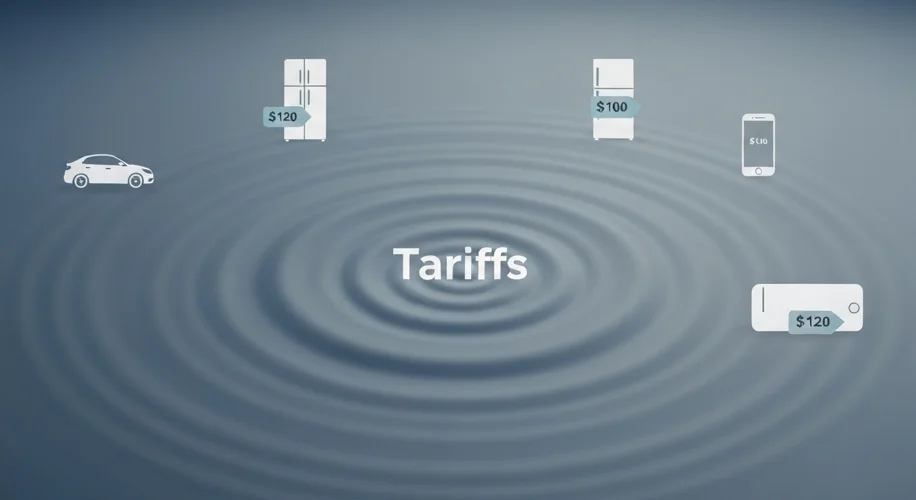It’s been a while since we’ve really dug into tariffs, but as I’ve watched the economic news lately, it feels like a good time to revisit this often misunderstood topic. Many of us hear about tariffs on the news, usually tied to international relations or trade disputes. But what does it all mean for us, the average consumer, especially when we think about inflation?
Think of tariffs as taxes on imported goods. When a country places a tariff on, say, steel from another nation, that steel becomes more expensive for the company buying it in the importing country. This cost doesn’t usually just disappear. The company might try to absorb it, but more often, they’ll pass some or all of that extra cost along to their customers.
This is where the connection to inflation becomes clearer. If the cost of a key material like steel goes up due to tariffs, anything made with that steel – from cars to appliances to building materials – can also see price increases. If these increases are widespread, affecting a broad range of goods, it contributes to what we call inflation, meaning the general rise in prices and the fall in the purchasing value of money.
It’s a bit like a ripple effect. A tariff imposed on one item can slowly but surely make other, unrelated items more expensive. For example, if a country imports a lot of its electronics, and tariffs are placed on the components used to make those electronics, the final price of those gadgets goes up for us. If many different types of imported goods face new tariffs, the cumulative effect can be significant.
Historically, the reasons for imposing tariffs have varied. Sometimes they’re used to protect domestic industries, making imported goods less competitive. Other times, they are used as a tool in geopolitical negotiations. Regardless of the intent, the economic reality is that they often lead to higher prices for consumers.
From my perspective, looking back at my career, I’ve seen how decisions made at the highest levels can have very real, tangible impacts on the ground. Tariffs are a prime example. They aren’t just abstract economic policies; they translate into the prices we see at the grocery store, the auto dealership, or the electronics shop. Understanding this connection helps us make more informed decisions as consumers and citizens. It’s a complex economic puzzle, and the impact on your wallet is a crucial piece of that picture.

